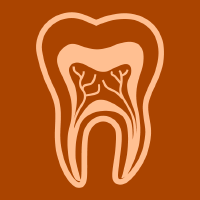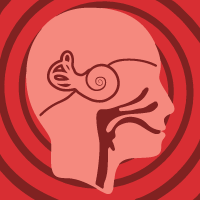Topic Menu
► Topic MenuTopic Editors


Diagnostic Imaging in Oral and Maxillofacial Diseases
Topic Information
Dear Colleagues,
It is with great pleasure that I propose this Topic entitled "Diagnostic Imaging in Oral and Maxillofacial Diseases". Significant technological improvements in medical equipment have made it possible to achieve great results in the diagnostic process in recent years. X-ray imaging, with increasingly smaller radiation doses, is being used more frequently and becoming widespread. In addition, radiation-free examinations are increasingly adapting to the maxillofacial area, allowing results to be achieved that are comparable to traditional diagnostics, but with less myological damage. Treatment plans are increasingly oriented toward completely digital 3D planning, from the diagnostic phase and the planning of treatment, to the clinical execution. Furthermore, the numerous tests that recently, with specific software, have allowed great evolutions in the diagnostic processes are leading to the discovery of a real "new anatomy", which warrants thorough study. I am hoping to receive articles regarding conventional imaging, 3D imaging and its technological developments, magnetic resonance, ultrasound, and other possible diagnostic exams, applied to every branch of dentistry. Original articles, case reports, and reviews in the field of imaging, which aim to enrich scientific knowledge and help not only clinicians but also researchers involved in the development of new dedicated software, diagnostic instruments, and technological improvements, are encouraged.
Prof. Dr. Luca Testarelli
Dr. Shankargouda Patil
Topic Editors
Keywords
- CBCT
- cone beam computed tomography
- CT
- MRI
- ultrasound imaging
- 3D imaging
- dentistry
- artificial intelligence
Participating Journals
| Journal Name | Impact Factor | CiteScore | Launched Year | First Decision (median) | APC |
|---|---|---|---|---|---|

Dentistry Journal
|
2.6 | 4.0 | 2013 | 27.8 Days | CHF 2000 |

Diagnostics
|
3.6 | 3.6 | 2011 | 20.7 Days | CHF 2600 |

Journal of Otorhinolaryngology, Hearing and Balance Medicine
|
- | - | 2018 | 15.0 days * | CHF 1000 |

Oral
|
- | - | 2021 | 27.7 Days | CHF 1000 |
* Median value for all MDPI journals in the second half of 2023.

MDPI Topics is cooperating with Preprints.org and has built a direct connection between MDPI journals and Preprints.org. Authors are encouraged to enjoy the benefits by posting a preprint at Preprints.org prior to publication:
- Immediately share your ideas ahead of publication and establish your research priority;
- Protect your idea from being stolen with this time-stamped preprint article;
- Enhance the exposure and impact of your research;
- Receive feedback from your peers in advance;
- Have it indexed in Web of Science (Preprint Citation Index), Google Scholar, Crossref, SHARE, PrePubMed, Scilit and Europe PMC.

